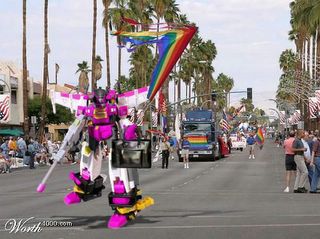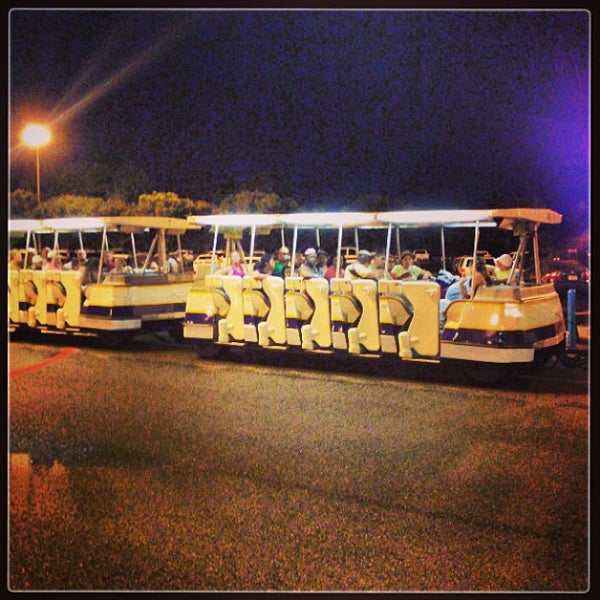

Regarding his use of this plural, Tolkien wrote in 1937, "I am afraid it is just a piece of private bad grammar, rather shocking in a philologist but I shall have to go with it." Attestations Eddic sources Terminology It was employed by Tolkien for some time before 1917. Tolkien, originating as a hypercorrective mistake. However, it was later popularized by the fiction of philologist and legendarium author J. The minority plural dwarves was recorded as early as 1818. Dwarfs remains the most commonly employed plural. Modern English has two plurals for the word dwarf: dwarfs and dwarves. Competing etymologies include a basis in the Indo-European root * dheur- (meaning "damage"), the Indo-European root * dhreugh (whence, for example, modern English "dream" and German Trug "deception"), and scholars have made comparisons with Sanskrit dhvaras (a type of "demonic being").

Scholars have proposed theories about the origins of the being by way of historical linguistics and comparative mythology, including the idea that dwarfs may have originated as nature spirits, as beings associated with death, or as a mixture of concepts. įor forms earlier than the Proto-Germanic reconstruction, the etymology of the word dwarf is highly contested. Anatoly Liberman connects the Germanic word with Modern English dizzy, suggesting a link between the etymology and their role in inflicting mental diseases on humans, similar to some other supernatural beings in Germanic folklore such as elves. A different etymology of dwarf traces it to Proto-Germanic * dwezgaz, with the r sound being the product of Verner's Law. According to Vladimir Orel, the English noun and its cognates ultimately descend from Proto-Germanic * dwergaz. It has a variety of cognates in other Germanic languages, including Old Norse: dvergr and Old High German: twerg.

The modern English noun dwarf descends from Old English: dweorg.

Tolkien and Terry Pratchett, where they are often, but not exclusively, presented as distinct from elves. Dwarfs are sometimes described as short however, scholars have noted that this is neither explicit nor of relevance to their roles in the earliest sources.ĭwarfs continue to feature in modern popular culture such as in the works of J. In early literary sources, only males are explicitly referred to as dwarfs, although they are described as having sisters and daughters, while both male and female dwarfs feature in later saga literature and folklore. Accounts of dwarfs vary significantly throughout history however, they are commonly, but not exclusively, presented as living in mountains or stones and being skilled craftsmen. Supernatural being in Germanic folklore Two dwarfs as depicted in a 19th-century edition of the Poetic Edda poem Völuspá (1895) by Lorenz FrølichĪ dwarf ( PL: dwarfs or dwarves) is a type of supernatural being in Germanic folklore.


 0 kommentar(er)
0 kommentar(er)
